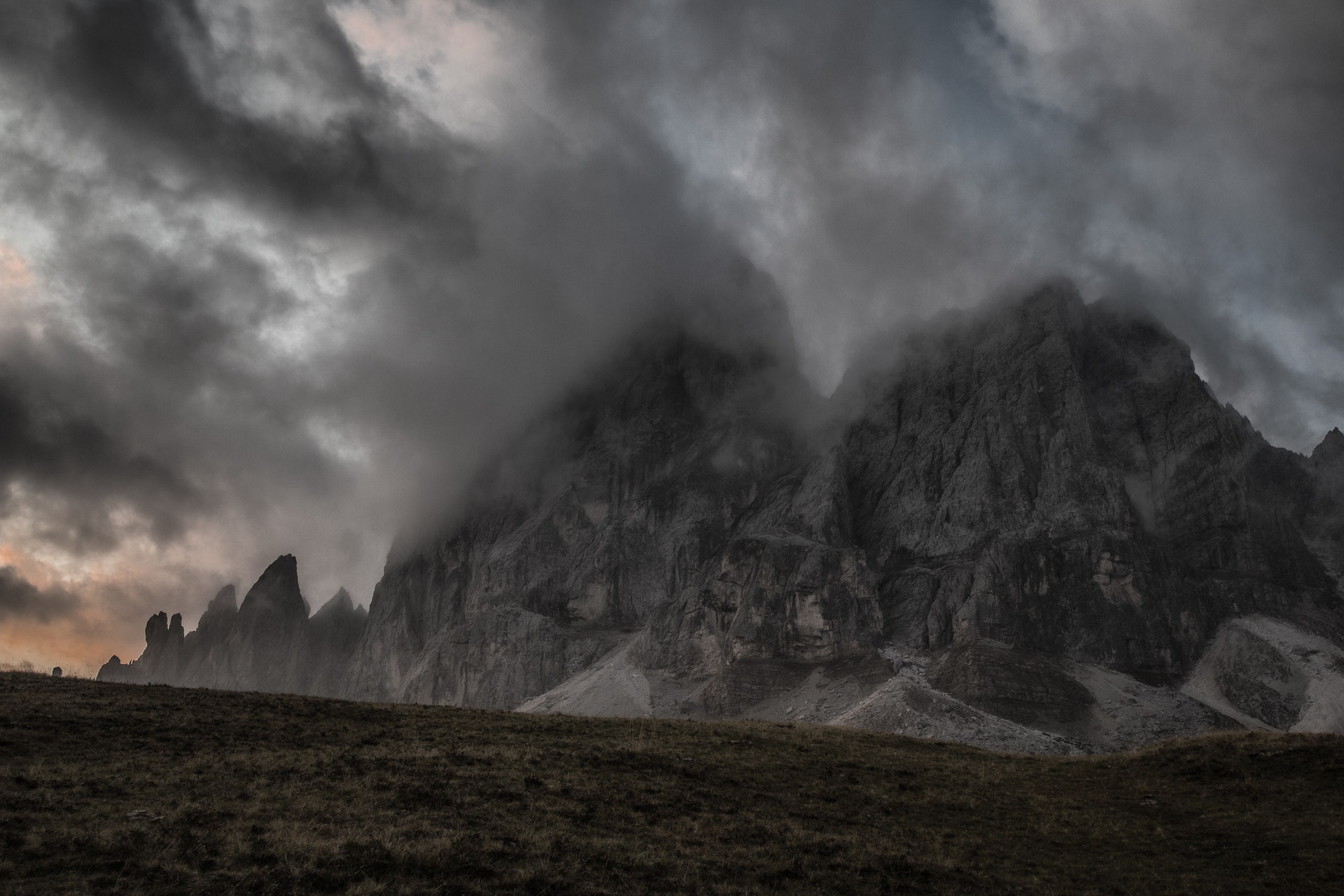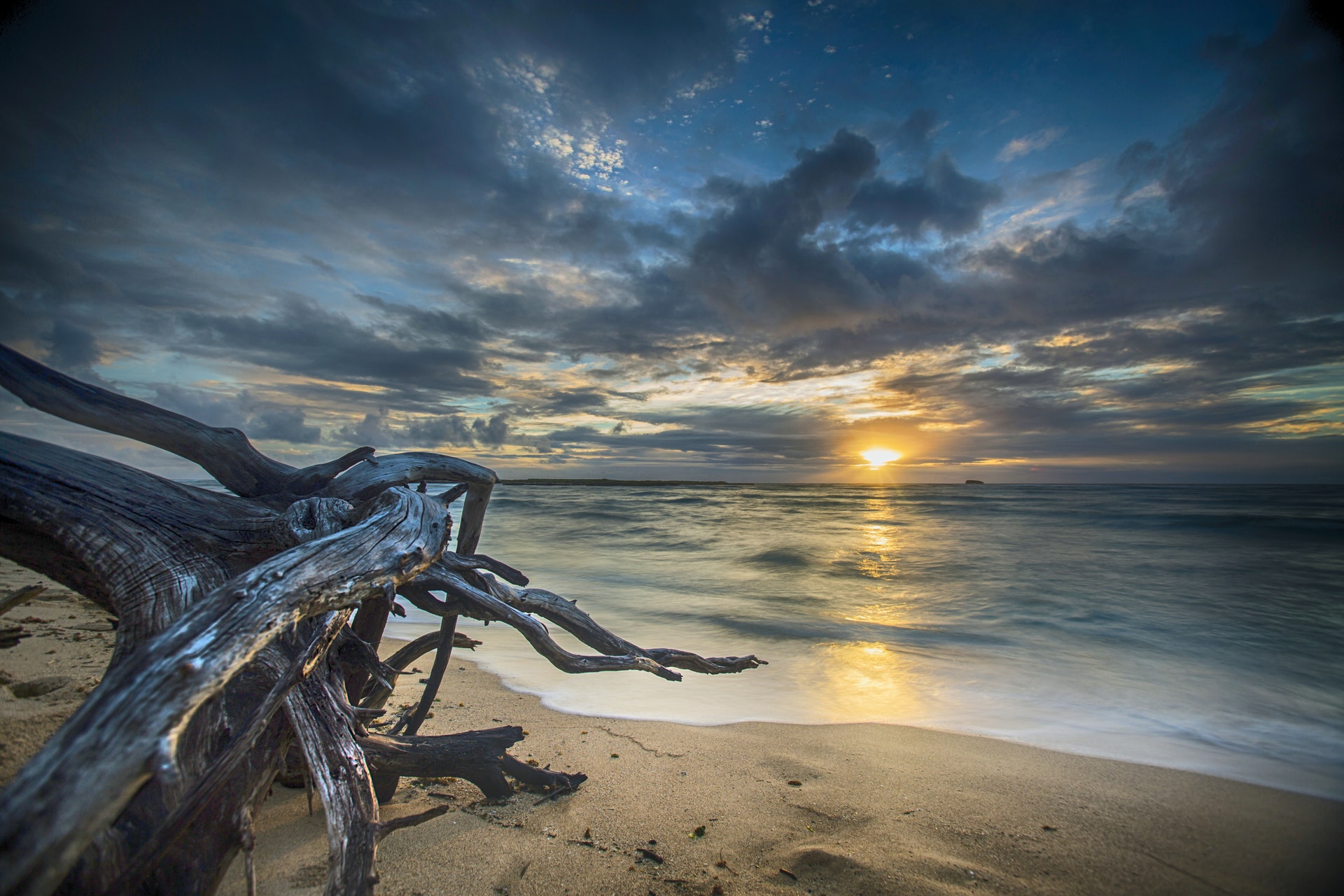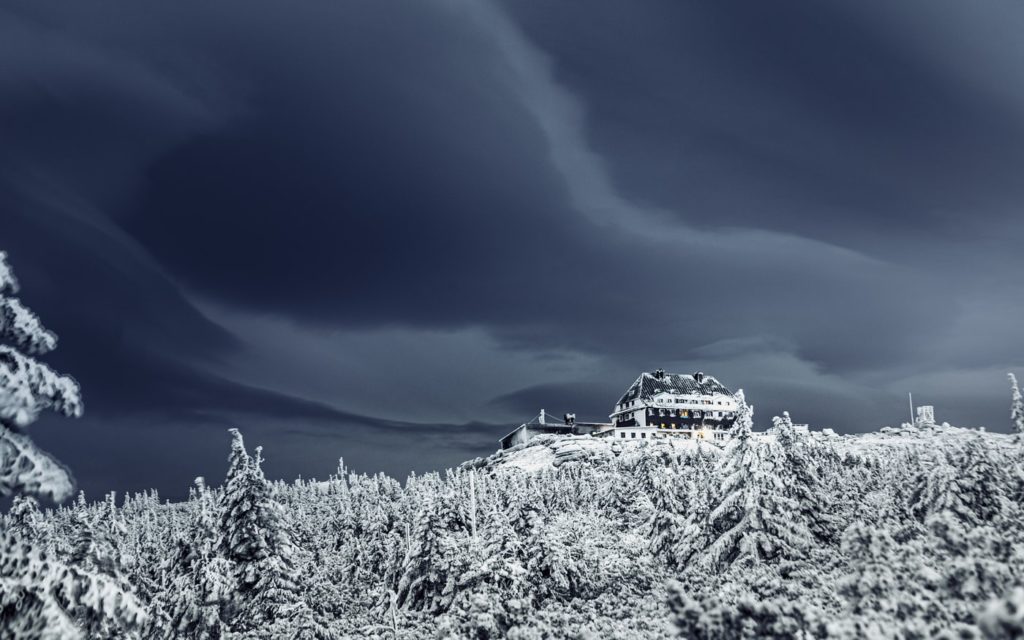I love drama in the skies, and I know that sometimes I've captured some pretty amazing scenes with unfortunately dull looking skies.
One technique to add drama and interest to your landscapes, of course, is to pursue clouds, but sometimes even with cloudy skies, your photos could look a little bit flat.
What you need are graduated filters.

So What Is A Graduated ND Filter?
Basically graduated filters (which are also Neutral Density or ND) are filters that stop light down in just a portion of the filter.
Grads generally come in three versions. They will reduce exposure at their densest part by 1, 2 or 3 stops. They then graduate down to clear.
What really makes them great is that they are designed with a gradient instead of a harsh cut. That allows the effect to make a smooth transition in the scene, and the effect is absolutely seamless.
Graduated filters are used to reduce light in big portions of the frame (usually 50% of in a graduated format) like skies or water.
Which Filter System Should I Use?
There are two types of filter available to us, screw in filters and square filter systems. There are a lot of options out there but the best system I've been able to try is the Lee Filters System. Trying these filters was the first time I ever used square (and large) filters that weren't made for screwing them in front of the lens. The advantage of the square filter system:
- They fit in pretty much any lens out there
- You can precisely control the position of the graduated division of the filter
- Moving them while composing doesn't impact on the overall camera's position
- They look amazing on the camera too (I love cameras)
Just to note, the disadvantage of the square filter systems is that it can be more expensive to get started with.
Just recently I saw this system from a company by the name of “Wine Country Camera”, an awesome name by the way. After a successful crowdfunding experience, these guys reinvented filters and I would love to try them someday.

Can I Do It Digitally?
Yes and No
You can use gradient filters in Lightroom while doing RAW development and don't get me wrong, that is indeed a pretty precise solution, but it consumes time.
However, you cannot reduce glare and reflections digitally nor can you imitate the look of water or the sky that an ultra slow shutter speed gives.
So When Do I Use A Graduated Filter?
One of the biggest questions related to graduated filters is “when should we use them?” and the answer is simple. You should use graduated filters during these circumstances:
- For making a segment of the photograph less exposed than the overall exposure settings
- For evening out tones when one part of the scene is extremely dark and the other is highly bright
I've always been a huge fan of a Mexican cinematographer named Gabriel Figueroa, and many years ago all I wanted in every picture I took to have at least a small portion of the sky that looked as dramatic as Figueroa's scenes.
The core of long exposure photography is the use of regular ND filters. For more on graduated filters and capturing those dramatic skies and brilliant landscapes, take a look at this guide on Long Exposure photography.






